
The uncertainty surrounding steel tariffs continues to cause confusion in the market. Many steel buyers are unsure about how to navigate the shifting landscape. Since the Section 232 tariffs were first introduced, the steel market has experienced a roller coaster of changes. While the tariffs initially supported U.S. mills, the extended and inconsistent tariff policies have left many downstream companies questioning their effectiveness.
Growing Frustration Over Tariff Impact
In 2018, U.S. mills greatly benefited from Section 232 tariffs, and downstream companies expected to receive similar benefits. However, recent surveys reveal a growing frustration with the tariffs. While some companies initially saw positive impacts, support has decreased significantly in recent months. According to a Steel Market Update (SMU) survey, 25% of respondents said the tariffs were helping their businesses, but 40% claimed they were hurting. The remaining 35% were unsure.
Many survey participants have pointed to “uncertainty” as a key issue. Comments like “The market is paralyzed” and “The current uncertainty is hurting our business” have become common. The chaotic rollout of tariffs has made it difficult for companies to plan effectively. Steel buyers, who once supported the tariffs, now find it harder to predict how changes will affect their operations.
The Problem with Tariff Inconsistencies
The wild fluctuations in tariffs and trade tensions have created a turbulent market. For example, when President Trump announced a 90-day pause on the highest reciprocal tariffs in April 2024, steel stocks temporarily rallied. However, the market quickly responded negatively when tariffs were increased again, particularly those on Chinese goods. Such flip-flops in policy have left steel buyers uncertain about the future.
Additionally, Trump’s tariff decisions have created confusion around supply chains. Some U.S. mills now face higher costs for key feedstocks, such as pig iron from Brazil and direct reduced iron (DRI) from Trinidad and Tobago. The inconsistency in tariff application, including rapid changes to tariffs on Canada and other nations, adds further complexity to an already strained market.
The Nostalgia Effect in Tariff Decisions
Another concern is whether tariffs are being applied with an eye toward supporting the steel industry of today or the industry of the 1980s. While the tariffs are intended to benefit domestic steel production, they may inadvertently harm certain sectors. For example, tariffs on iron ore and other materials critical for electric arc furnace mills could raise costs and disrupt supply chains.
Steel buyers are also facing difficulties sourcing materials like DRI and hot briquetted iron (HBI), as the tariffs impact key suppliers from countries such as Sweden and Brazil. The rapid changes in tariff policies only exacerbate supply chain issues, making it harder for mills and suppliers to plan ahead.
Steel 101: Learn About Steel Production
Despite the current uncertainty, there is still an opportunity for those interested in learning more about the steel industry. Steel Market Update is hosting a training event in Memphis, Tennessee, on June 10-11. Attendees will learn about the steel-making process and the latest trends in the industry. For those interested, registration for the event is now open.


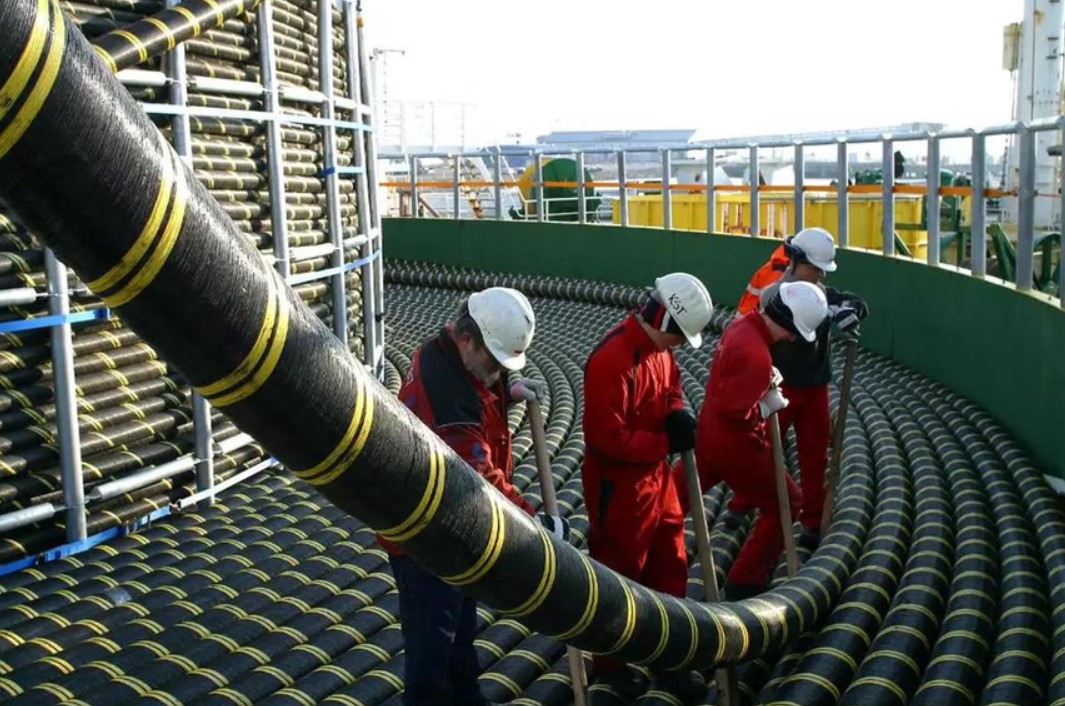


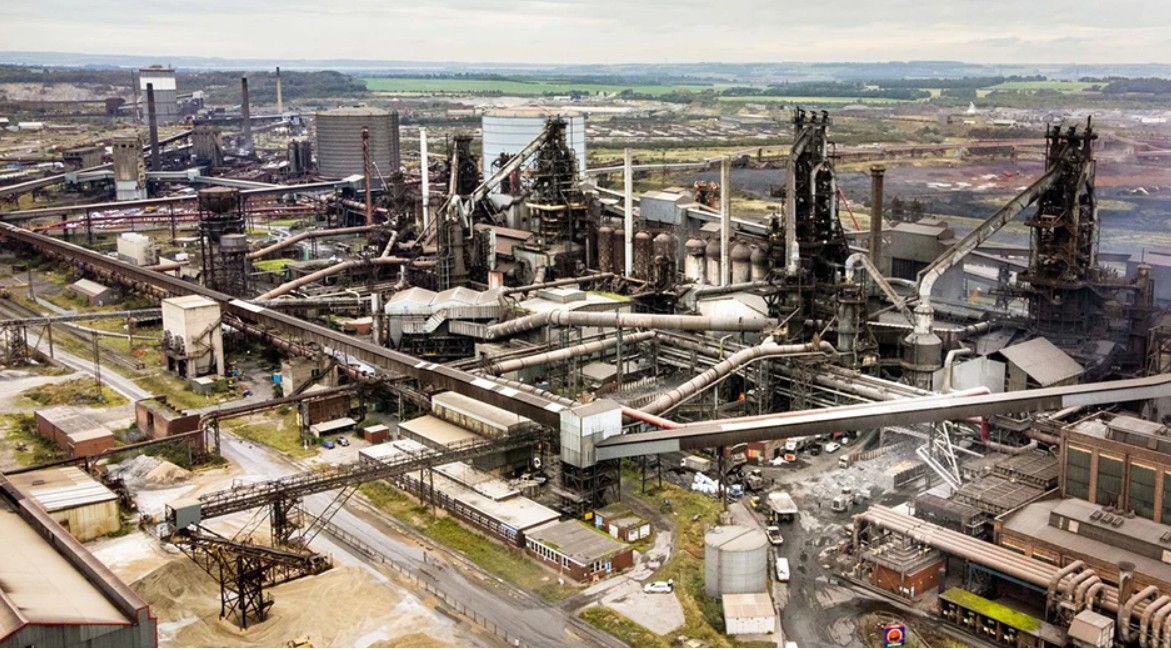

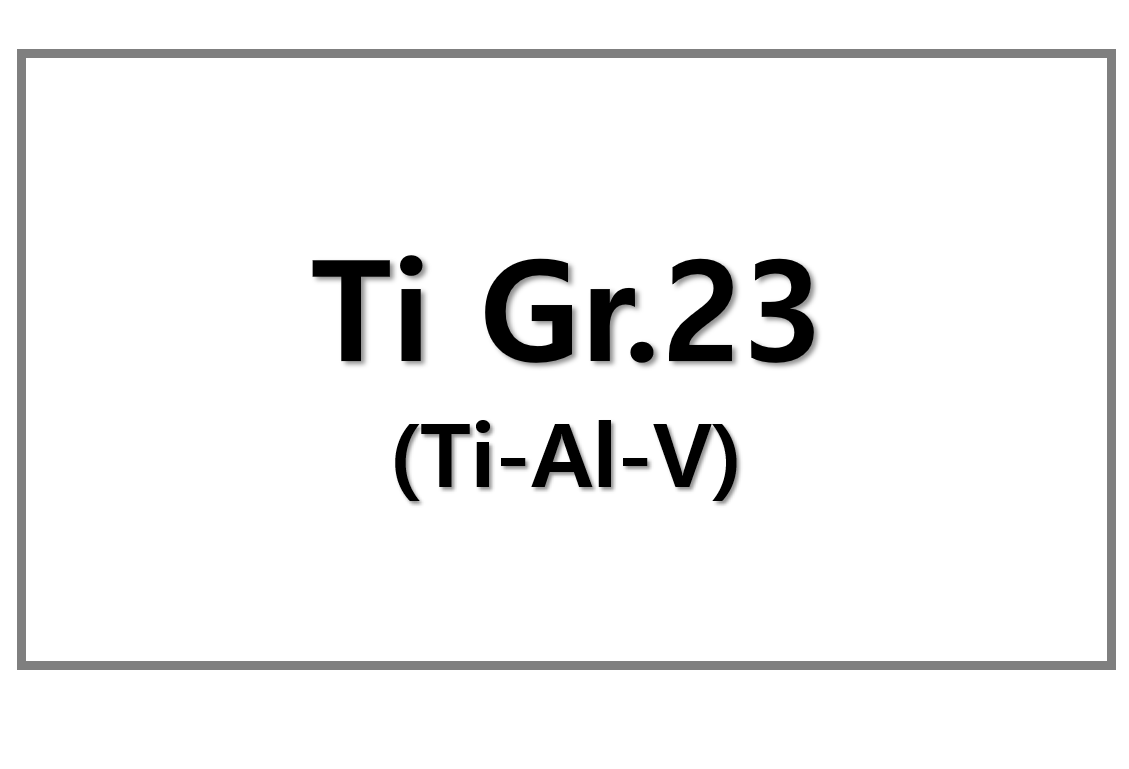

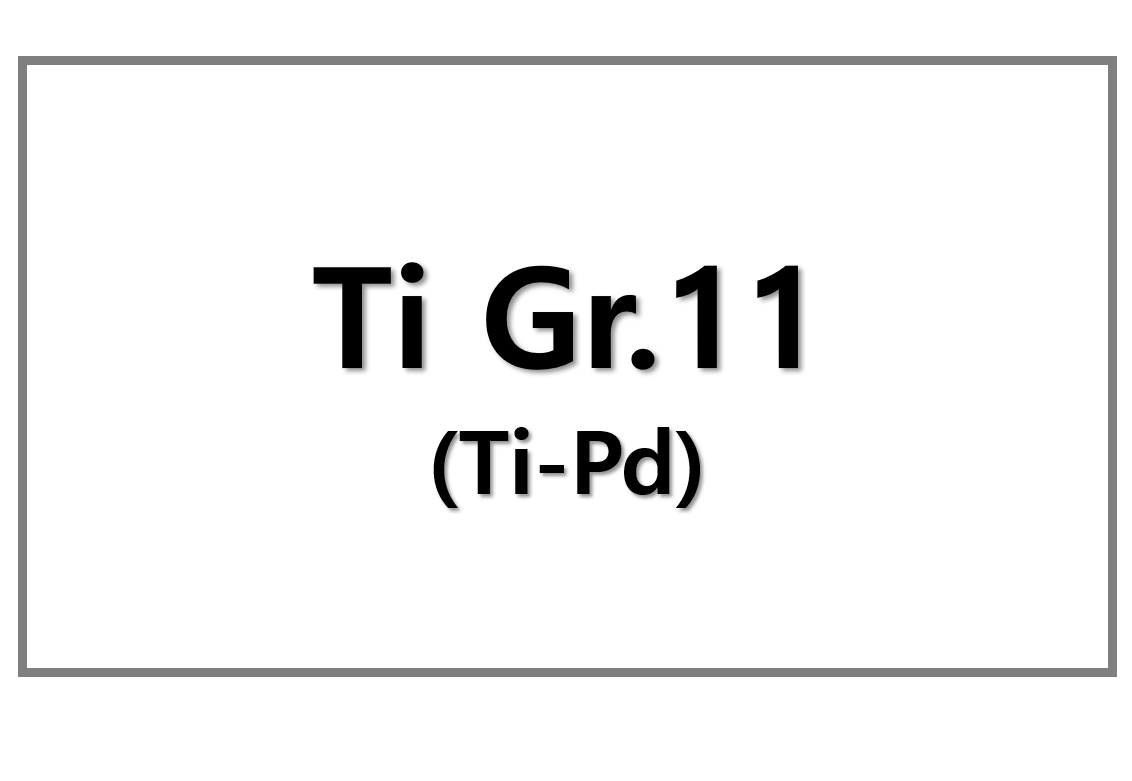
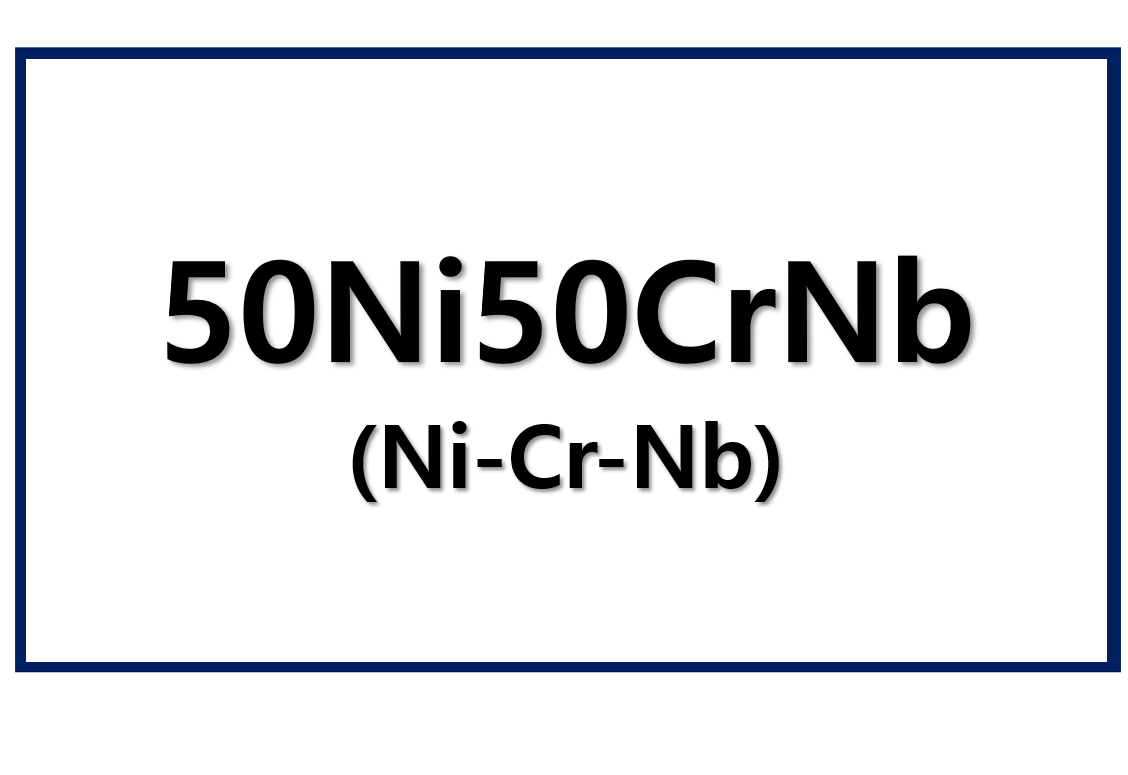
Leave a Reply
You must be logged in to post a comment.